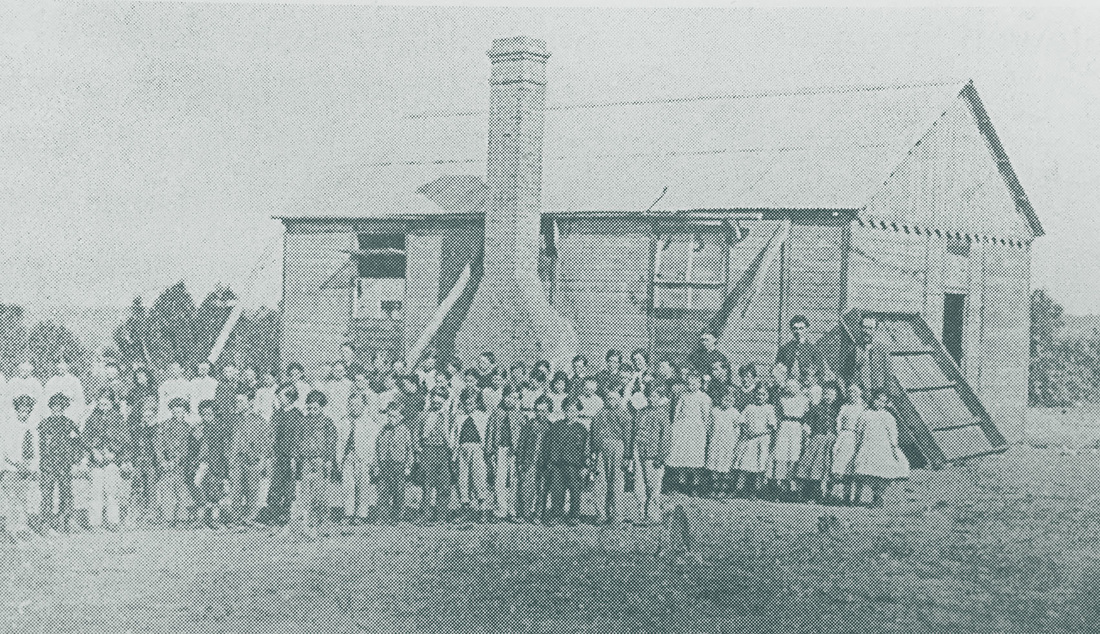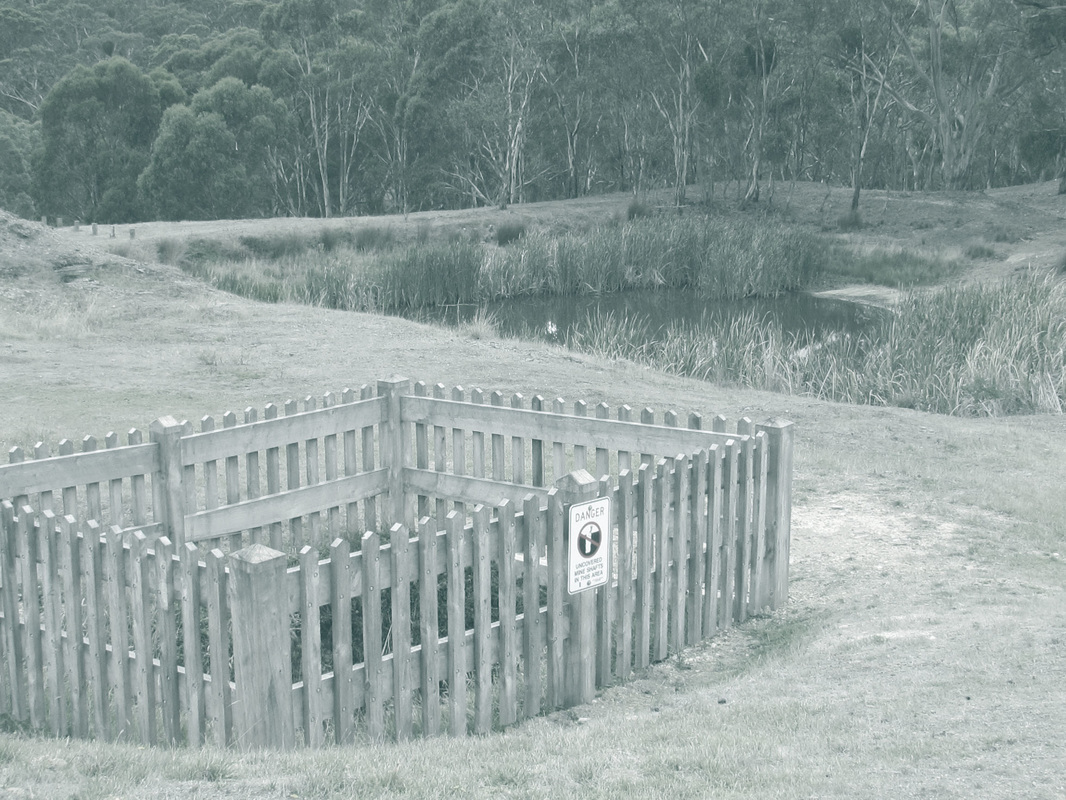Steiglitz
Along the banks of the Sutherlands Creek in the Golden Plains Shire in south-central Victoria is the township of Steiglitz. Imbued with a quaint rural charm, the region has seen much change since being named after the Von Stieglitz family who were early pioneers of the area in the 1830's. It is interesting to note the difference in spelling of the two names - Von Stieglitz is spelt with the 'i' before the 'e' whereas for reasons unknown the spelling of the township name interchanged these letters to reflect the 'e' before the 'i' with this change occurring in 1872. The word Stieglitz in German translates to Goldfinch a distinctive yellow bird species. Descendants of the Von Stieglitz family now reside in Tasmania. The region is renowned for serving those with an interest in history and geology.
Gold
|
First signs of gold were discovered in 1850 using the alluvial method of extraction. This method produced a dust form that was either panned or sluiced with water. The first viable source of gold was discovered through motivation via a Government reward incentive a few years later in 1853 by Andrew Love Junior at McPherson's Gully, now called Yankee Gully, outside of Moranghurk, across the Moorabool River.
To increase efficiency and productivity quartz crushing was introduced to Steiglitz in 1856. Andrew Love Junior joined this new age of machine powered mining and by May of that year, 750 ounces of gold per week, increasing to 900 ounces per week in July was being extracted. Due to this increase in production the population grew to over 1000 residents. A town survey was completed in 1857, with the township being created on the side of the hill rising from the banks of the Sutherlands Creek and the streets were named after prominent legal men of the time. Regent Street was the main retail street in Steiglitz. |
Gold mining in the Steiglitz region during the 1850s resulted in an influx of people to the area. The township was created in 1857, which included many businesses, retailers and a school. This image was taken of the first Steiglitz State School in 1857.
|
Due to low quantities of gold and an irregular supply of water, by the 1860's gold production was in decline. Even though the quality of the gold was said to be better than that being extracted from Ballarat, insufficient water supplies created issues for gold extraction and the production of gold became too expensive. Over the coming decades an increase in the use of machinery and lower gold quantities saw a reduction in the population of Steiglitz.
|
Long awaited funding for schools and a new court house was eventually received, but the township was gradually dissipating. Local historians maintain that had these funds been provided when they were first requested during the boom period, the township may have held together. There was still gold in the region and many locals claim gold is still to be found today, but during this time it was getting too expensive to extract.
During the height of its prosperity the town boasted over 6 hotels, a doctor, a bank, a butcher, a cobbler, blacksmiths, a race club, a tennis club and many other services. Gold however continued to be mined in the area until 1941 when the last gold mine ceased operations and closed. "The fact that Steiglitz did boom again in 1893 hardly justified the expenditure after the bottom had fallen out of the market." p.162 |
One of the many abandoned mine shafts in the Steiglitz area. Local authorities advise visitors to be watchful and stay to designated walking tracks
|
can be Further information on:
(1) The gold rush history of Steiglitz can be obtained by visiting the Geelong Heritage Archive Centre and by clicking here.
(2) The key sites of the Steiglitz township can be found by clicking here.
(1) The gold rush history of Steiglitz can be obtained by visiting the Geelong Heritage Archive Centre and by clicking here.
(2) The key sites of the Steiglitz township can be found by clicking here.
Present-Day Steiglitz
Today the township of approximately 10 residents are passionate about respecting, restoring and retelling the history and stories of days gone by. Local community organisation, the Back to Steiglitz Association welcomes visitors and tourists to the area to learn more of the gold rush era and take in the delightful surrounds.


